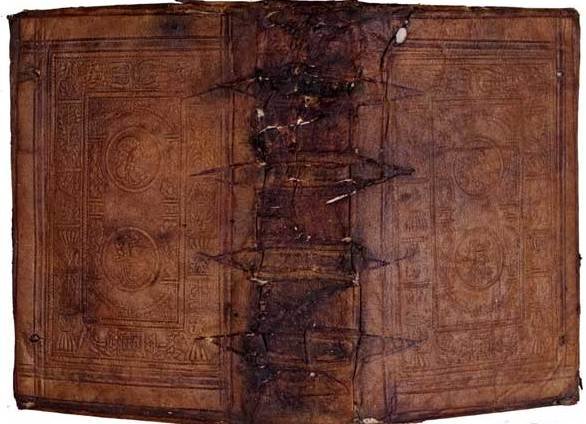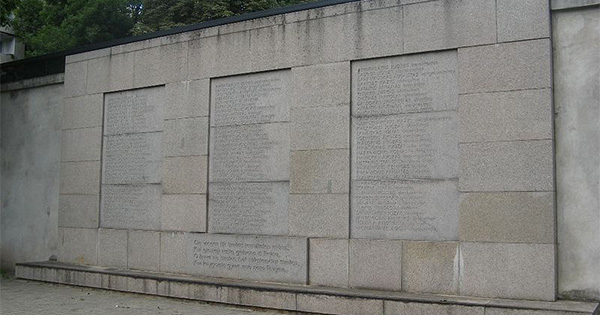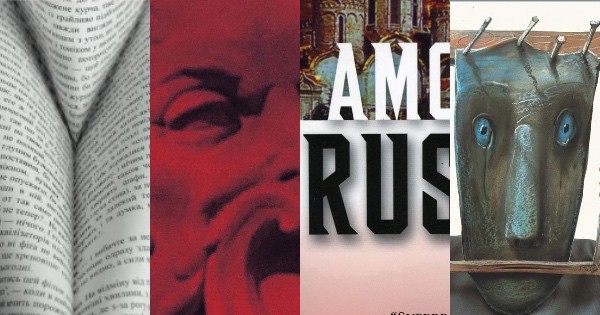As an end-of-the-summer-holiday treat my little family and I went on a road-trip from Devon to Portsmouth to visit the Mary Rose Museum. I would highly recommend you to visit if you are nearby, or are particularly interested in Tudor life or the famous ship that was brought back to the surface in the 1970s.
The Mary Rose was sailing from 1511 to 1545 and saw a lot of action, serving Henry VIII well until her sinking at the Battle of the Solent. Out of the 400-strong crew, only around 35 men survived. The men aboard were a mixture of ordinary soldiers and higher order officers, and their personal items have been found amazingly preserved including shoes, tools, and books.

The Mary Rose
I find Tudor life fascinating and it is easy to romanticise the period what with its dresses, courtships, and seemingly simpler lives, but you soon realise that unless you are a rich man you wouldn’t fare well. Practical skills were generally held in higher regard especially in the lower orders. Learning to create, mend, and grow produce are essential life skills when you cannot afford to pay someone to do it for you. Academic education was reserved for those with the financial stability to educate the child and pay for a tutor. The luckier children had literate parents who could pass their knowledge on to them.
Horrifyingly to us Reading Addicts of the female persuasion we would have even less of a chance to read and write. Women and girls were seen as inferior, and their education seen as a waste. If a 16th century girl is lucky, or has particularly progressive or aspiring parents, then she may be permitted to read the Bible or her prayer book, but anything more than that was considered a waste of everyone’s time.
It seems it wouldn’t even matter if you were destined to be Queen: two of Henry VIII’s wives, Jane Seymour and Catherine Howard, could barely read a word. Despite this injustice many privileged women of the Tudor court were permitted to read and write, including Anne Boleyn whose golden book of psalms is now held in the British Library.

Anne Boleyn’s golden book of psalms.

Princess Elizabeth (later Queen Elizabeth I) c. 1559
Beautiful prayerbooks were popular among the wealthy women, above is Elizabeth I clutching her own copy in pious readiness.
As soon as I saw this book cover I thought about you lot- our Reading Addicts- and how you would understand my excitement at seeing a 500 year old book. Back then books were rarer than they are today, they were very expensive and so only the higher orders on the Mary Rose would own such an item. This beautifully decorated, calfskin book cover belonged to an officer aboard the fateful ship. The Mary Rose organisation says: “It is one of only two covers found on the Mary Rose to incorporate human likenesses within the design. Within small panels on the front and back are the letters ‘MD’, originally assumed to represent 1500 in Roman numerals, but now believed to represent Martin Doture, a London-based bookbinder and stationer during the period 1527–57.”

I have read many Philippa Gregory books about the royal courts during the 15th and 16th centuries, so this visit brought some realism to the characters I had come to know and the events that had unfolded. To see the leather boots the men wore and the tools they used, touched me deeper than I imagined it would. Life was cruel for many who lived through the reigns of bitter feuds of entitled royals and consequential religious turmoil, but it had always been just stories. Since seeing the bowls they ate from, etched with their personal symbols for easy identification, and the clothes they wore for comfort or protection, it has brought them to life again.

Jurgis Bielinis and the Day of the Book Smugglers

Could AI be the Next Big Thing in the Literary World?

10 Books by Celebrated LGBTQ Writers

Debate: Can Books Be Considered ‘Decor’?


